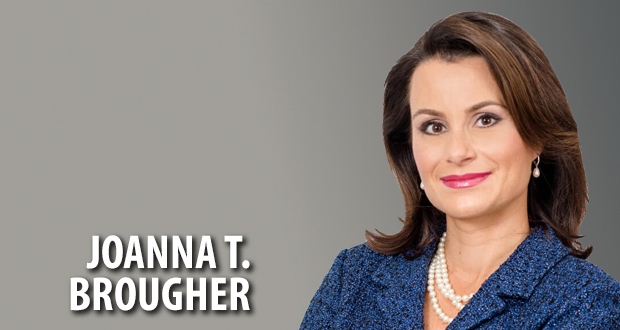
Strong patents are the foundation of any valuable patent portfolio, as they will provide products with a competitive edge against competitors. In today’s pandemic climate, companies and universities are devoting significant resources to finding a treatment for COVID-19 and are rushing to patent their discoveries.
Despite their efforts, companies face hurdles that could result in lengthy and costly patent disputes down the road. These hurdles stem from the fact that most COVID-19 patents filed to date are not yet publicly disclosed.
Assuming that companies started filing patents to COVID-19 in January 2020, shortly after the virus started making news, those patents will not be published until at least July 2021. Accordingly, companies do not yet know what has been filed and what could possibly block them from entering the market.
To illustrate the problem, let’s consider an example using Gilead’s patent for its antiviral drug Remdesivir. Gilead owns US Patent No. 10,695,361 (’361) with claims directed to methods for treating coronavirus infections in humans with Remdesivir. This patent, which issued on June 30, 2020, claims priority to a patent application filed on Sept. 16, 2015, long before COVID-19 was problematic. Nevertheless, the patent broadly covers the treatment of a coronavirus infection regardless of the specific strain.
Given the breadth of the ’361 patent claims, if a company files patents directed to using Remdesivir to treat COVID-19, those new patents could fall within the scope of the ’361 patent and block the company’s path to market. When that happens, licensing or challenging the patents in a post-grant proceeding can help the company overcome hurdles to commercialization.
When faced with a blocking patent, a company may be able to enter into a license agreement with the owner of the patent. A license would allow the company to make, use, offer for sale, or sell the patented product without fear that the patent owner would sue.
Companies do not yet know what has been filed and what could possibly block them from entering the market.
Negotiating licenses, however, can be costly if the patent owner demands high payments or unsuccessful if the patent holder does not want to grant a license.
Another option for the company is to try to invalidate the blocking patent. While traditional litigation would be lengthy and costly, the USPTO provides several alternative mechanisms, including inter partes review (IPR), post-grant review (PGR), and ex parte reexamination (EPR), for challenging patents.
Each of those mechanisms allows a third party to challenge the validity of a patent at the USPTO — and does so in a shorter timeline. If successful in invalidating the blocking patent, the company would be free to commercialize its product without worrying about the patent.
The above example illustrates possible scenarios that may arise once COVID-19 patents are published. Companies filing COVID-19 patents should prepare themselves for the possibility of having to engage in licensing negotiations and patent disputes before commercialization.
Joanna T. Brougher is the founder of and principal at BioPharma Law Group. She can be contacted at [email protected].
 New England Biz Law Update
New England Biz Law Update

